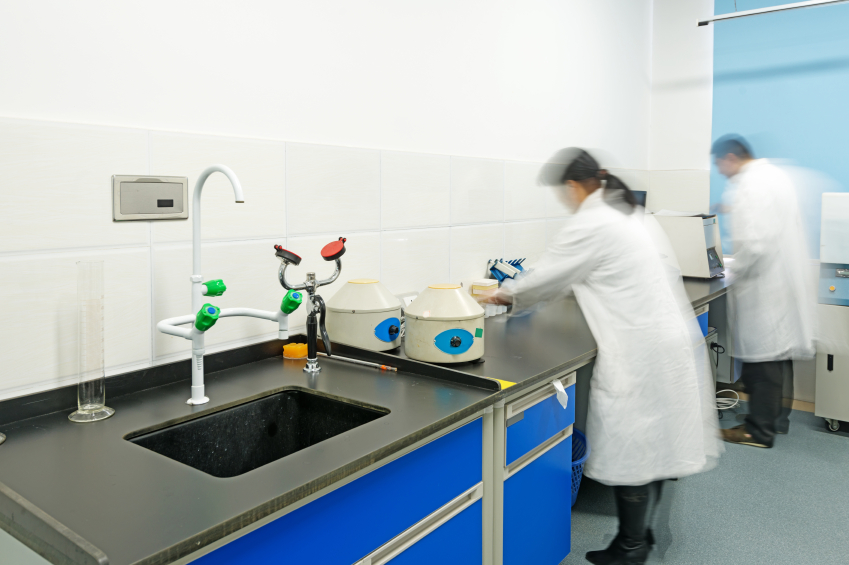
|
The GAO reviewed four international chemical management programs:
- Canada’s Chemical Management Plan (CMP)
- Australia’s Inventory Multi-tiered Assessment and Prioritisation (IMAP) framework
- The World Health Organization’s (WHO) International Agency for Research on Cancer (IARC) Monographs Programme
- WHO’s International Program on Chemical Safety (IPCS)
GAO’s intent was to assess the human health risks of chemicals using similar analytic approaches, such as using specific criteria to determine which assessments to prioritize. However, the Office found some notable differences emphasized in these programs. For instance, Canada’s and Australia’s programs emphasize the use of screening assessments—assessments that vary in complexity ranging from a rapid screen of information to using more complex approaches, depending on what officials determine is needed to adequately understand relevant risks. And, WHO’s IARC Monographs Programme and IPCS emphasize expert review by selecting internationally recognized experts to conduct or review assessments. What follows is a brief review of each program.
Forget expensive calls to lawyers and consultants. With Enviro.BLR.com, you get instant access, 24/7. Try it out today and get the 2015 EHS Salary Guide, absolutely free. Download Now.
Canada’s CMP
Canada completed a process through its CMP of prioritizing roughly 23,000 chemicals and other substances to identify those that warranted further assessment. The first phase of the project was launched in 2006, and the second phase in 2011. This process identified about 4,300 substances for further review, and Canadian officials told the GAO that they aim to address them all by 2020. In a June 2015 report, Canadian officials reported that they have completed screening assessments for about 2,700 substances (about 63%). The CMP provides short fact sheets concerning the chemicals that are being or have been assessed in Canada for their potential risk to human health and the environment.
Australia’s IMAP
Australia prioritized a list of about 38,000 industrial chemicals through its IMAP framework to identify those for further assessment. Australian officials committed to assessing a list of 3,000 priority chemicals, called Stage One chemicals, between 2012 and 2016, and they told the GAO that they have met this deadline, having completed 3,185 assessments of individual chemicals by July 2015. These Stage One chemicals are:
- Chemicals for which they already had exposure data;
- Chemicals for which action has been taken overseas; and
- Chemicals identified in international studies that analyzed blood in babies’ umbilical cords.
Enviro.BLR.com puts everything you need at your fingertips, including practical RCRA, CAA, CWA, hazardous waste regulatory analysis and activity, news, and compliance tools. Try it at no cost or risk and get a FREE report.
WHO’s IARC Monographs Programme
WHO’s IARC Monographs Programme appoints expert working groups composed of internationally recognized experts to evaluate existing information on selected chemicals and other agents to form a conclusion about their carcinogenic risks to humans. The IARC Monographs Programme has assessed the carcinogenic risks of more than 900 chemicals and other substances since 1971. The Monographs Program looks at not just industrial chemicals for their carcinogenic affect, but also substances such as red meat, drugs and herbal products, and coffee and other hot beverages.
WHO’s IPCS
WHO’s IPCS uses a panel of international peer reviewers selected for their scientific expertise to review an initial draft assessment of the human health risks of selected chemicals. The draft is then sent to a second set of experts who determine, among other things, whether peer review comments were appropriately addressed. Since 1976, IPCS has completed about 287 assessments. IPCS covers all chemicals, natural and manufactured, and the full range of exposure situations from the natural presence of chemicals in the environment to their extraction or synthesis, industrial production, transport, use, and disposal. IPCS lists ten chemical groups of major public health concern and provides information on what it considers the health impacts of these chemicals.
Don’t Forget REACH
Next month we will review recent updates to a chemical management program to which TSCA has been most often compared—the European Union’s premier registration, evaluation, authorization, and restriction of chemicals (REACH) program.
